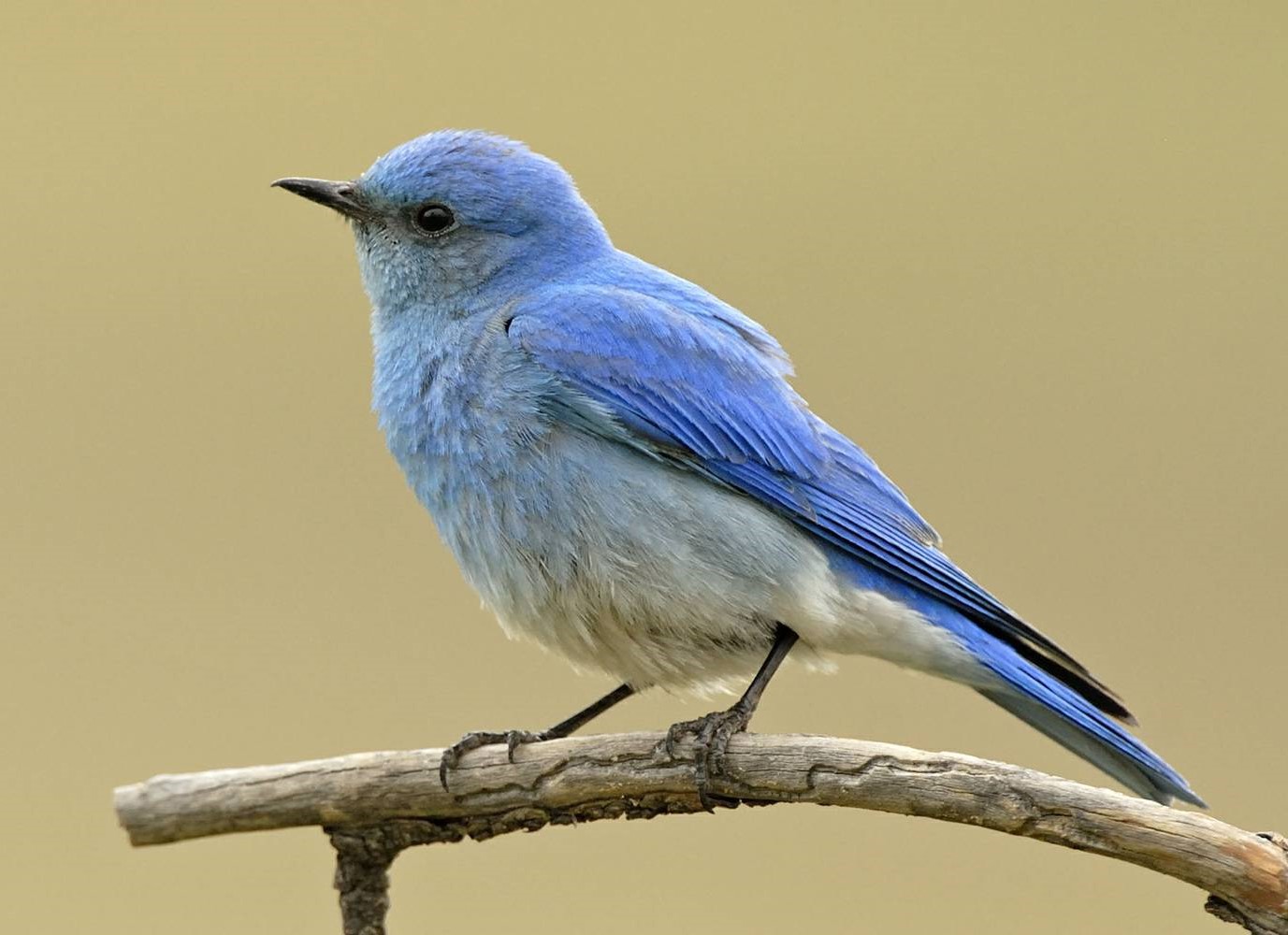
Ever wondered about the vibrant creatures that paint our skies with their brilliant hues? Well, let's talk about the mountain bluebird, nature's own masterpiece. These birds are not just a treat for the eyes but are also fascinating creatures with intriguing lives. Did you know that mountain bluebirds can spot insects from over 25 yards away? Yes, you heard that right! With their keen eyesight and dazzling speed, they're the acrobats of the avian world. From their unique nesting habits to their migration patterns, every fact about them is a testament to nature's wonder. So, buckle up as we dive into the world of mountain bluebirds, where every tidbit is as captivating as their brilliant blue plumage.
What Makes Mountain Bluebirds Unique?
Mountain bluebirds are a sight to behold, with their vibrant colors and graceful flight. These birds stand out for several reasons, making them unique among their avian counterparts.
-
Coloration: Male mountain bluebirds display an eye-catching bright blue color that covers most of their body, unlike other bluebirds where the blue might be more subdued or mixed with other colors. Females, while not as vivid, have a beautiful mix of blue and gray, with a touch of orange under their wings.
-
Habitat: These birds prefer open habitats, such as meadows and fields, at elevations ranging from 5,000 to 12,000 feet. This preference for higher altitudes differentiates them from other bluebirds.
-
Nesting: Unlike many birds, mountain bluebirds often nest in pre-existing cavities in trees or even in nest boxes provided by enthusiasts. This adaptability in nesting habits helps them thrive in various environments.
The Diet of Mountain Bluebirds
Understanding what mountain bluebirds eat helps us appreciate their role in the ecosystem.
-
Insects Galore: Primarily, these birds feast on insects, including beetles, grasshoppers, and caterpillars, making them natural pest controllers.
-
Fruit for Thought: During colder months, when insects are less available, mountain bluebirds switch to a diet of fruits and berries, showcasing their adaptability.
Migration Patterns of Mountain Bluebirds
Migration is a critical aspect of the mountain bluebird's life cycle, showcasing their resilience and adaptability.
-
Seasonal Travelers: Mountain bluebirds are partial migrants. Birds living in the colder northern parts of their range migrate southward for the winter, while those in milder regions might stay put all year.
-
Elevation Migration: Some mountain bluebirds practice altitudinal migration, moving to lower elevations during winter months to find food and warmer temperatures.
Reproduction and Lifespan
The reproduction cycle and lifespan of mountain bluebirds reveal fascinating aspects of their biology.
-
Monogamy and More: While generally monogamous, some mountain bluebirds might change partners between or even within breeding seasons, showing a complex social structure.
-
Lifespan: Mountain bluebirds can live up to 6-7 years in the wild, though many face challenges like predation and habitat loss that can reduce their lifespan.
Conservation Status
The conservation status of mountain bluebirds is a testament to the efforts made to protect these stunning creatures.
-
Stable, But Watchful: Currently, mountain bluebirds are considered to be of Least Concern by conservationists, thanks to habitat preservation efforts and the installation of nest boxes that have helped stabilize their population.
-
Challenges Ahead: Despite a stable status, mountain bluebirds face ongoing threats from climate change, habitat degradation, and competition for nesting sites, particularly from invasive species.
-
Community Effort: Conservation of mountain bluebirds has been successful due to community involvement. People across North America install and monitor nest boxes, helping scientists track populations and health, ensuring these birds continue to grace our skies.
A Final Flutter on Mountain Bluebirds
Mountain bluebirds, with their vibrant hues and fascinating behaviors, truly capture our imagination. They're not just a treat for the eyes; they play a crucial role in our ecosystems, controlling insect populations and bringing joy to birdwatchers and nature enthusiasts alike. Understanding these feathered friends helps us appreciate the delicate balance of nature and the importance of conservation efforts. Whether you're an avid birder or someone who simply enjoys the beauty of the natural world, the story of the mountain bluebird is a reminder of the wonders that surround us. Let's keep our skies filled with the flutter and chirp of these beautiful creatures by supporting habitats and ecosystems they call home. Remember, every bird has a tale, and the mountain bluebird's is one of resilience, beauty, and the interconnectedness of life.
Was this page helpful?
Our commitment to delivering trustworthy and engaging content is at the heart of what we do. Each fact on our site is contributed by real users like you, bringing a wealth of diverse insights and information. To ensure the highest standards of accuracy and reliability, our dedicated editors meticulously review each submission. This process guarantees that the facts we share are not only fascinating but also credible. Trust in our commitment to quality and authenticity as you explore and learn with us.
